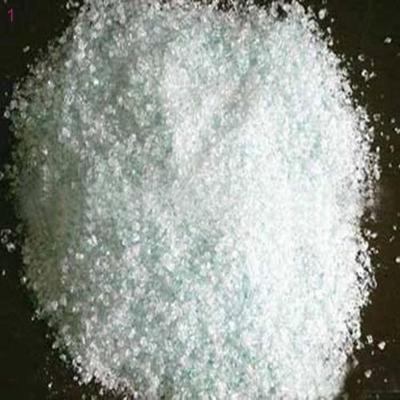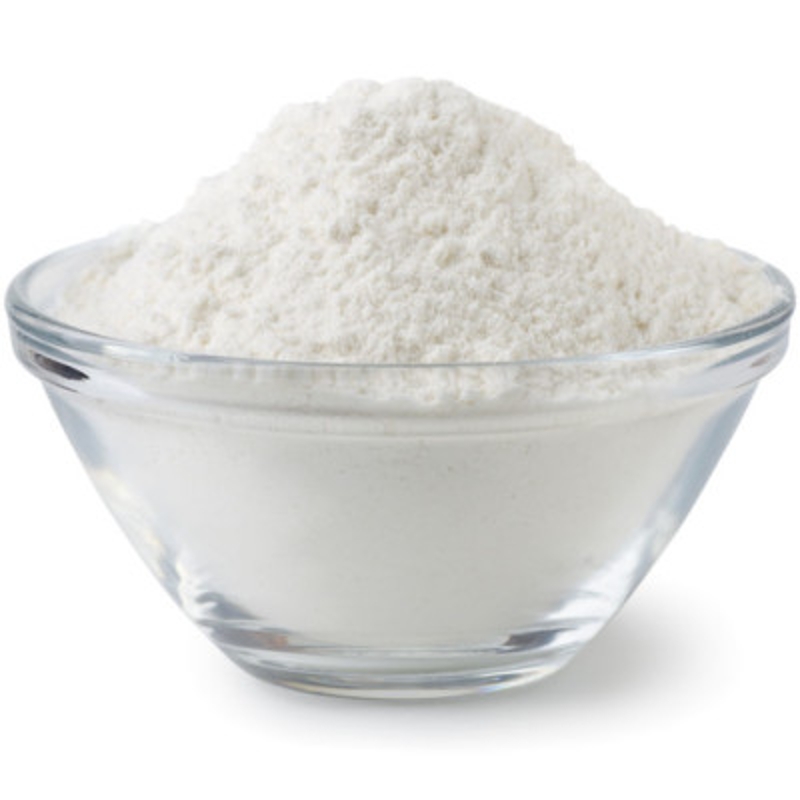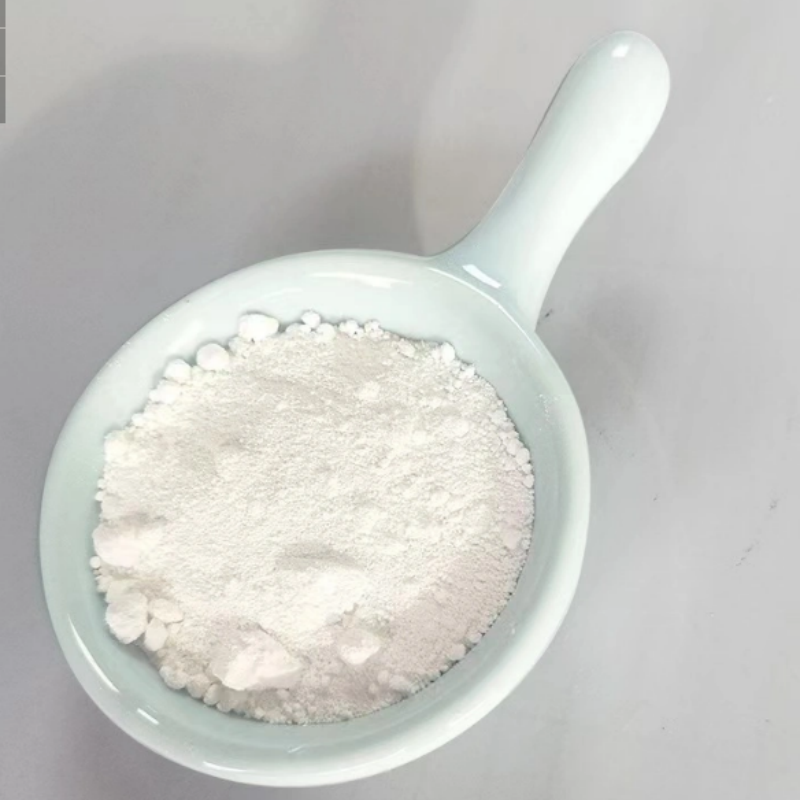Russian researchers develop non-toxic and effective antibacterial food preservatives
-
Last Update: 2020-05-28
-
Source: Internet
-
Author: User
Search more information of high quality chemicals, good prices and reliable suppliers, visit
www.echemi.com
Recently, researchers at Friendship University in Russia developed an easy way to produce derivatives from natural shell polysaccharides that are non-toxic and have significant antibacterial activity and can be used in the production of antibacterial protective films in food, the researchers published in Food Chemistry, a leading food journalpreservatives are widely used in the food industry, it can extend the shelf life of foodHowever, preservatives can also reduce the quality of food, some preservatives such as benzoic acid can cause allergies, so safe and effective food preservatives are more importantclycosis is the main ingredient in insects and shells, and shell polysaccharides are natural polymers derived from clovesChizuno has antibacterial properties and can be packaged or applied to food, thus acting as a protective film and has been used in the food industryin order to obtain non-toxic, highly active clitoris derivatives, researchers at the Russian Friendship University modified the crustacean by stitching organic nitrogen compounds into a polymer chainNitrogen-stacking compounds are derivatives of nitric acid (HN3), and although organic and inorganic nitrogen-stacking compounds are toxic, they are non-toxic to modify them to the crustaceanThe antibacterial activity of the layered nitrogen-stacked polysaccharides was significantly higher than that of the original unmodified shell sugarresearchers compared the antibacterial activity of nitrogen-based polysaccharides with two of the most common antibiotics, ampicillin and gentamicin, and found that the antibiotic-based antibacterial activity of nitrogen-based polysaccharidesAntibacterial activity is measured by spreading a stack of nitrogen-coated polysaccharides and antibiotics in agar layers that culture bacteriaThe measured sample (stacked with nitrogen shell polysaccharides or antibiotics) is first filled on a disc filter sheet, and then placed on a layer of agar that cultures bacteriaThe test sample penetrates into the agar layer to kill bacteria or inhibit sedinterAs a result, an area around the disk that inhibits bacteria can be seen by the naked eye as it differs from other areas on the surface of the agar layerAntibacterial activity of the test samples was assessed by measuring the diameter of the antiseptic area, while toxicity was detected by standard color-matching experimentsNitrogen-stacked polysaccharides inhibit the growth of Staphylococcus aureus in an area of 26 mm in diameter, while ampicillin inhibits the growth of Staphylococcus aureus in an area of 30 mm in diameter, and for Ecoli, the nitrogen-stacked polysaccharides are 18 mm in diameter, while Cedamycin is 22 mm in diameter these results suggest that it is important to have antibiotic-like antibacterial activity Because antibiotics as part of the antibacterial membrane are largely unacceptable, it can cause the emergence of bacterial antibiotic-resistant strains And the stack of nitrogen-contained polysaccharides does not have this disadvantage Based on this, the new derivative of clitoris, the layer of nitrogen shell polysaccharides, as a non-toxic, effective preservative, can be used to form a protective film of food
This article is an English version of an article which is originally in the Chinese language on echemi.com and is provided for information purposes only.
This website makes no representation or warranty of any kind, either expressed or implied, as to the accuracy, completeness ownership or reliability of
the article or any translations thereof. If you have any concerns or complaints relating to the article, please send an email, providing a detailed
description of the concern or complaint, to
service@echemi.com. A staff member will contact you within 5 working days. Once verified, infringing content
will be removed immediately.







